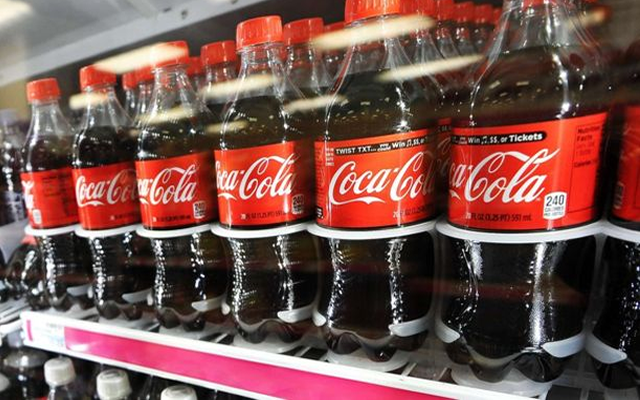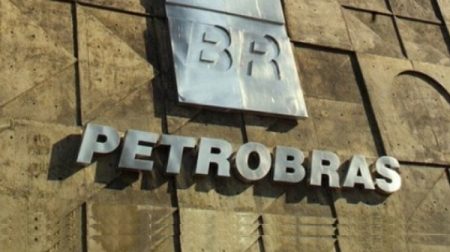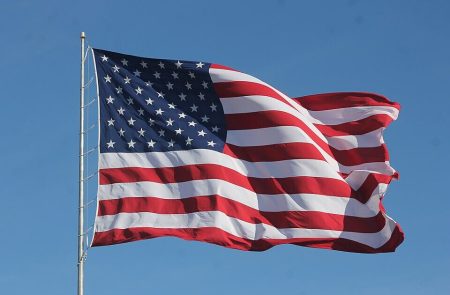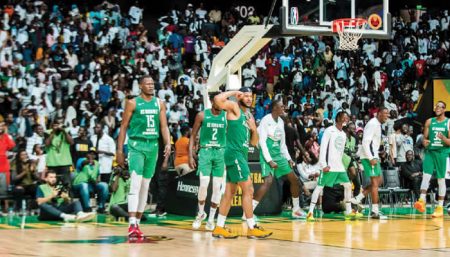Coca-Cola’s introduction of a 60cl bottle represents a multifaceted strategic move, impacting various aspects of the company’s operations, market positioning, and consumer interaction. This seemingly simple change in packaging size carries significant weight, reflecting evolving consumer preferences, competitive pressures, and broader industry trends. Understanding the rationale behind this shift requires a deep dive into the interplay of these factors, considering the implications for production, distribution, pricing, marketing, and ultimately, Coca-Cola’s overall brand image. This analysis will explore the motivations driving this decision, the potential benefits and challenges, and the larger context within the beverage industry.
One primary driver behind the introduction of the 60cl bottle is the increasing demand for portion control and personalized consumption experiences. Consumers are increasingly health-conscious and seeking options that align with their individual needs and lifestyles. The 60cl bottle provides a middle ground between the standard 50cl and the larger 1L or 2L bottles, offering a more manageable serving size for individual consumption or sharing among a small group. This caters to those looking to moderate their intake or simply prefer a smaller quantity, addressing the growing trend towards mindful consumption and personalized portioning. This also aligns with the increasing demand for on-the-go convenience, where a smaller bottle is more portable and easier to consume outside the home.
Furthermore, the 60cl bottle presents an opportunity for Coca-Cola to optimize its pricing strategy. This new size allows for a price point that sits between the smaller and larger options, potentially attracting price-sensitive consumers while also offering a slightly higher profit margin compared to the smaller 50cl bottle. This strategic pricing approach can help Coca-Cola capture a wider segment of the market, appealing to both budget-conscious buyers and those willing to pay a premium for a more manageable size. This tiered pricing strategy can also influence consumer purchasing behavior, encouraging upselling by offering a slightly larger volume for a comparatively small price increase.
From a production and distribution perspective, the introduction of a new bottle size requires adjustments across the supply chain. Coca-Cola would need to adapt its bottling lines, warehousing, and logistics to accommodate the new format. This could entail significant investment in new equipment and processes. However, the potential gains in market share and revenue generation could outweigh these initial costs. Moreover, the 60cl bottle could streamline distribution by offering a more efficient packaging size for certain retail channels, such as convenience stores or vending machines where space is at a premium.
The marketing and branding implications of the 60cl bottle are also significant. Coca-Cola can leverage this new size to refresh its brand image and create new marketing campaigns centered around themes of portion control, individuality, and personalized consumption. This can resonate with health-conscious consumers and attract new customer segments. The 60cl bottle can also serve as a platform for innovative packaging designs and labeling, further enhancing the brand’s visual appeal and shelf presence. This provides an opportunity to experiment with different bottle shapes, graphics, and promotional messaging, capturing consumer attention and driving sales.
In the broader context of the beverage industry, Coca-Cola’s move reflects a wider trend towards product diversification and customization. Beverage companies are increasingly offering a wider range of sizes, flavors, and formulations to cater to evolving consumer preferences. This includes a growing demand for healthier options, such as low-sugar and sugar-free varieties, as well as functional beverages that offer added health benefits. The 60cl bottle aligns with this trend, offering a more tailored option for consumers seeking greater control over their beverage choices. This also reflects a competitive landscape where beverage companies are constantly innovating to capture market share and maintain relevance in a rapidly changing consumer environment.
The 60cl bottle also provides a platform for targeted marketing campaigns tailored to specific demographics and consumption occasions. For instance, Coca-Cola can promote the 60cl bottle as the ideal size for on-the-go consumption, targeting busy professionals or students. Alternatively, the bottle can be positioned as a perfect shareable size for small groups or families, appealing to a different segment of consumers. This targeted approach allows for more effective messaging and greater resonance with specific target audiences. Moreover, the 60cl size can be utilized to introduce limited-edition flavors or promotional packaging, creating a sense of exclusivity and driving consumer excitement.
From a logistical standpoint, the 60cl bottle can also offer advantages in terms of storage and transportation. While requiring adjustments to existing production lines, the slightly smaller size compared to larger formats can lead to increased efficiency in warehousing and distribution. This translates to potential cost savings in logistics and inventory management. The 60cl bottle can also be more easily accommodated in vending machines and smaller retail spaces, expanding distribution reach and increasing product visibility in high-traffic areas. This optimized size can contribute to streamlining the supply chain and maximizing product availability across various retail channels.
Furthermore, the introduction of the 60cl bottle underscores Coca-Cola’s commitment to sustainability. While specific details regarding the bottle’s material and recyclability would need to be considered, this new size can potentially contribute to reducing plastic waste by offering a more efficient packaging option. This aligns with the growing consumer demand for environmentally friendly products and packaging. Coca-Cola can leverage this aspect in its marketing efforts, highlighting the sustainability benefits of the 60cl bottle and reinforcing its commitment to responsible environmental practices. This can enhance the brand’s image and appeal to environmentally conscious consumers.
Considering the competitive landscape, the 60cl bottle positions Coca-Cola to respond effectively to market trends and consumer demands. By offering a more personalized and convenient option, Coca-Cola can differentiate itself from competitors and attract new customer segments. This proactive approach to innovation strengthens the brand’s position in the market and allows it to maintain its competitive edge. The 60cl bottle also provides a platform for testing and gathering consumer feedback, informing future product development and innovation strategies. This feedback loop allows Coca-Cola to continually refine its offerings and remain responsive to evolving market dynamics.
Finally, the introduction of the 60cl bottle represents a strategic move by Coca-Cola to adapt to changing market conditions and evolving consumer needs. This seemingly simple change in packaging size carries significant strategic implications, reflecting the company’s commitment to innovation, customer-centricity, and sustainable practices. The 60cl bottle offers benefits across multiple areas, from pricing and marketing to production and distribution, ultimately contributing to Coca-Cola’s long-term growth and market leadership. This decision also highlights the increasing importance of personalized options and portion control in the beverage industry, signaling a broader shift towards consumer empowerment and mindful consumption.














